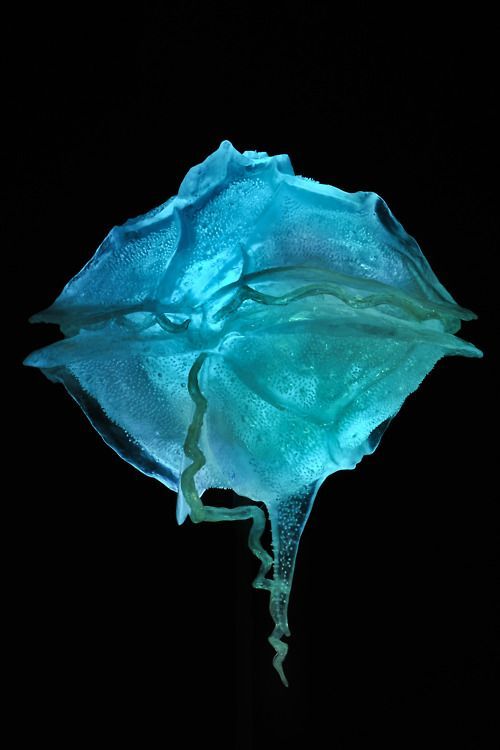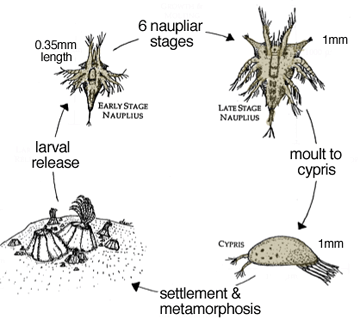Plankton - Blog Posts


Pyrodinium bahamense
Pyrodinium bahamense is a tropical species of dinoflagellates that is found primarily in Atlantic Ocean waters. It prefers salinity around 20 psu and blooms when there are large amounts of nitrogen in the water. The dinoflagellate glows bright blue when agitated by motion. Furthermore, even though this plankton species is beautiful to look at, it causes seafood toxicity.
Photo credit: https://alchetron.com/Pyrodinium-bahamense
https://wonderchews.com/bodies-of-light/
If you are interested in learning about different types of plankton in the ocean, please check out @planktonqueen page. I post a lot of cool species, photos, and facts.


Barnacle Larvae
Amphibalanus eburneus
When we think of barnacles, we think of the hard, white crustaceans that grow on the side of boats and docks. However, barnacles go through a variety life stages and metamorphosis before they spend their life on a hard surface. The image above is a barnacle larvae when it is in the cypris stage, think of it as a baby barnacle. This larvae is an example of zooplankton and spends a short period of time floating around in the water column. The second image summarizes the life cycle of a barnacle.
Photo source: https://www.nyharbornature.com/blog/barnacles-are-reproducing
https://www.pinterest.com/pin/453174781229895797/


Pink Helmet
Aglantha digitale
The Pink Helmet is a mini hydromedusa that comes in a variety of vibrant colors. The tiny jelly is only 4 cm in size and is found towards the surface of the ocean. The purple and blue hues we see in its bell are caused by a phenomenon known as iridescence, when light strikes the jelly’s thin tissue at different angles (similar to what we see in a soap bubbles). It also has orange pigmentation near its mouth; this pigmentation helps attract prey and mask luminescence. Furthermore, females tend to be more colorful than males.
Photo credit: https://biolum.eemb.ucsb.edu/organism/pictures/aglantha.html
https://www.pinterest.com/pin/186899453255850798/

Predatory Copepod
Paraeuchaeta barbata
Copepods are a type of zooplankton or tiny creature that feeds larger animals in the ocean such as, fish. They are crustaceans that have two long antennas and a sensory eye called an ocelli, which can only sense light. This copepod is located between 200m to 1500 m in the deep ocean. You may notice the copepod is red in color. The color is an adaptation that makes it difficult for predators to see the copepod because red wave lengths do not penetrate this depth (mostly blue and indigo light). Even though this creature tiny, it is a vital food source for many animals in the abyssal zone of the ocean.
Photo credit: http://www.arcodiv.org/watercolumn/copepod/Paraeuchaeta_barbata_large.html

I SCREAMEE WHEN I SAW THIS




Well, I guess it’s time to use that Tumblr!
I’m TheAutumnLeafeon on Reddit, but the username is already taken here...
Anyway have some SpongeBob Kirbies! Strangely, there was nearly no content for this crossover.
Thank you for inspiring me to draw again! @armorabs @calmao666 @momobosi @lunesuke @kirby-the-gorb


I always forget that I can post things on this account lol


More Plankton art !! Also him as Cashina bc that episode is genuinely pretty funny for modern spongebob

Plankton and Spongebob are besties 💕


